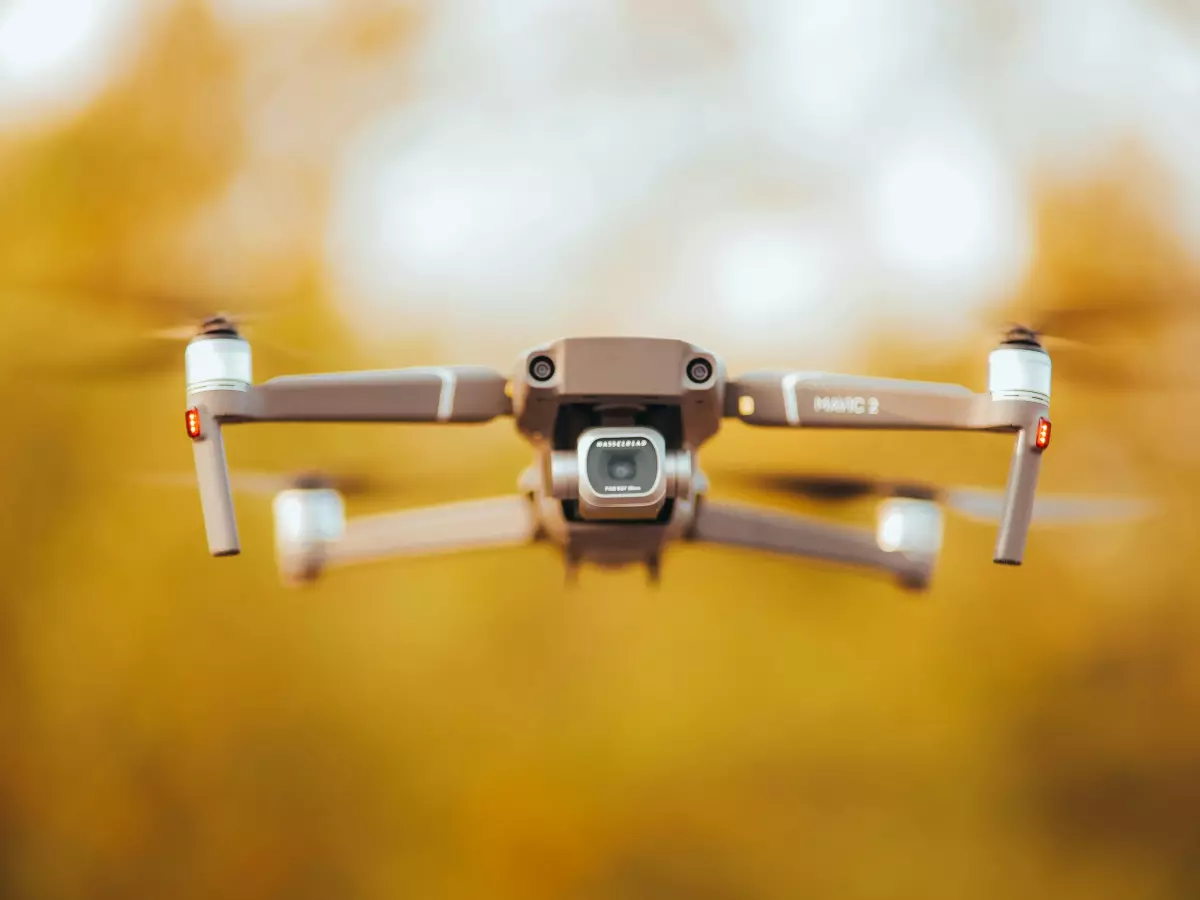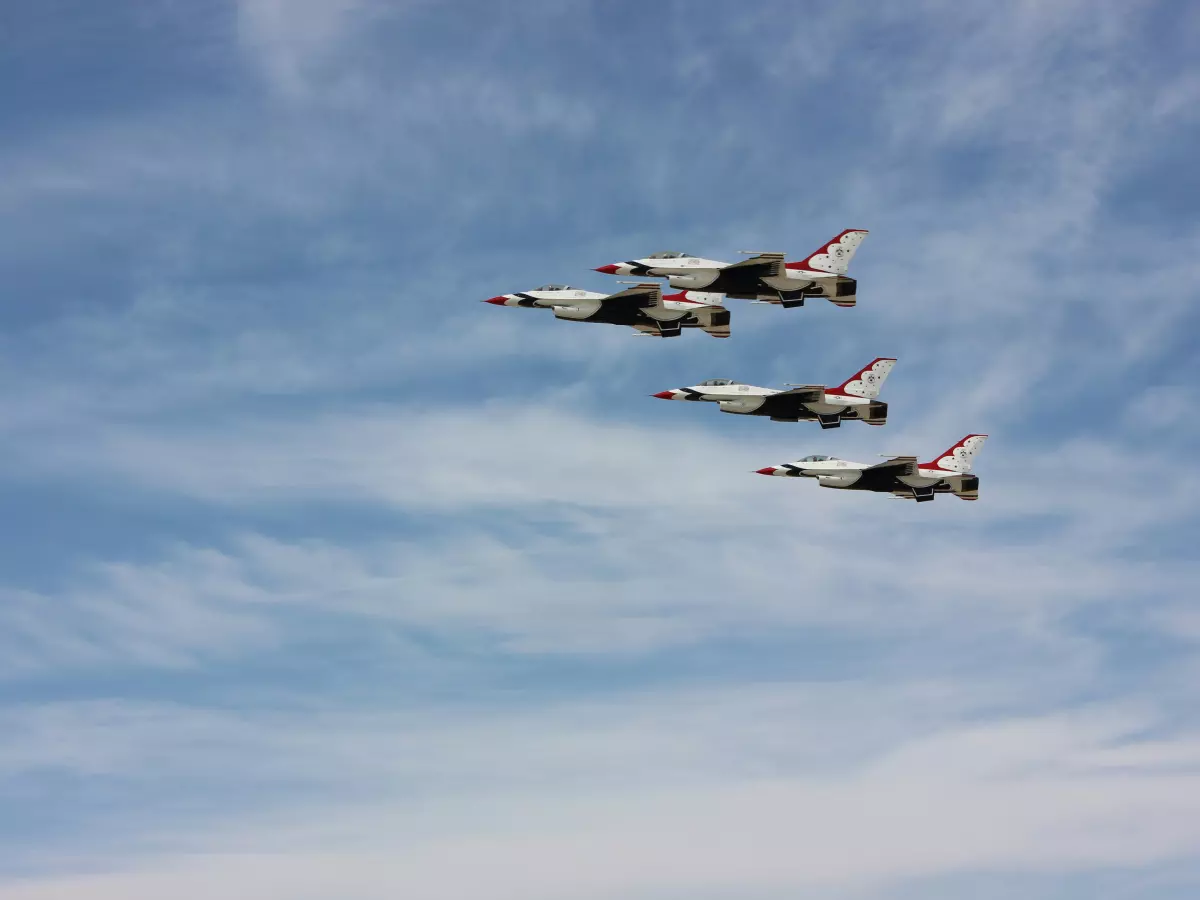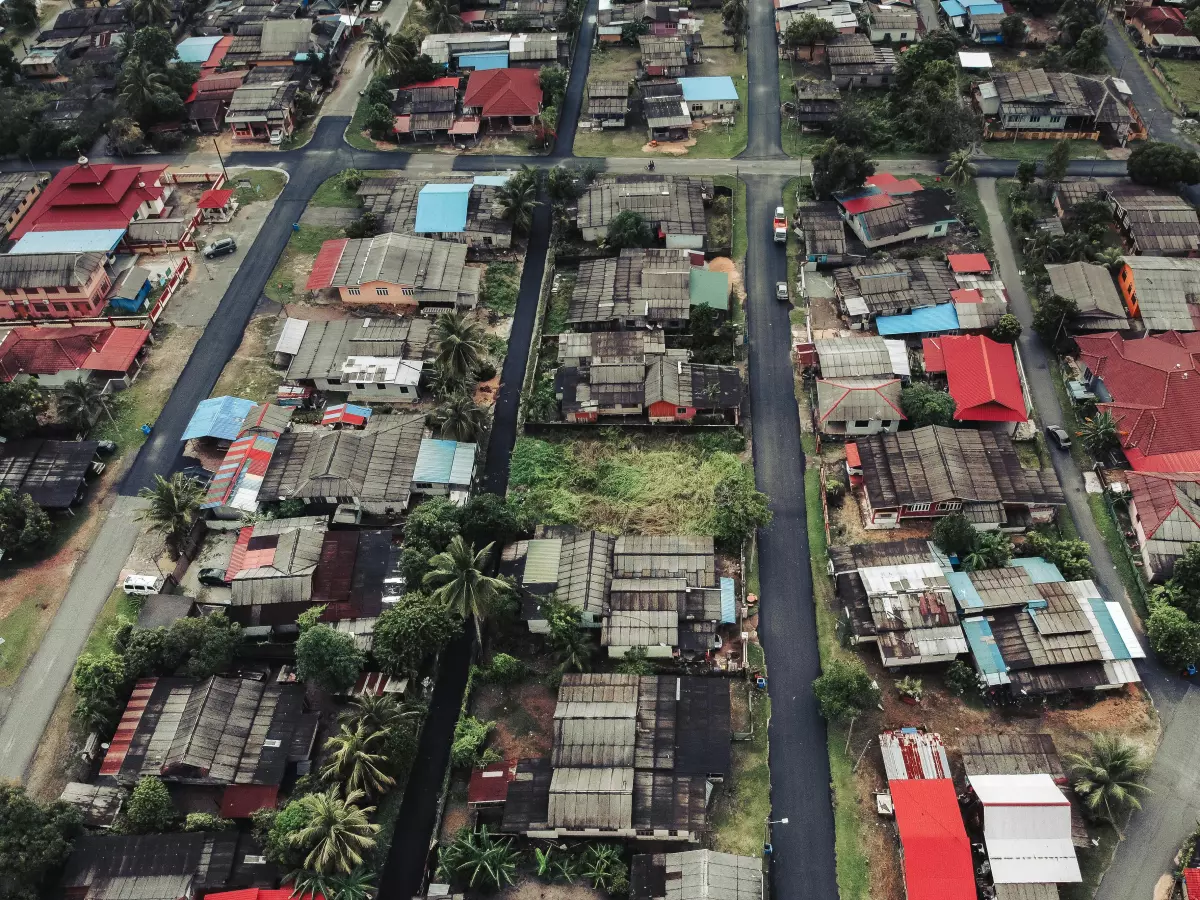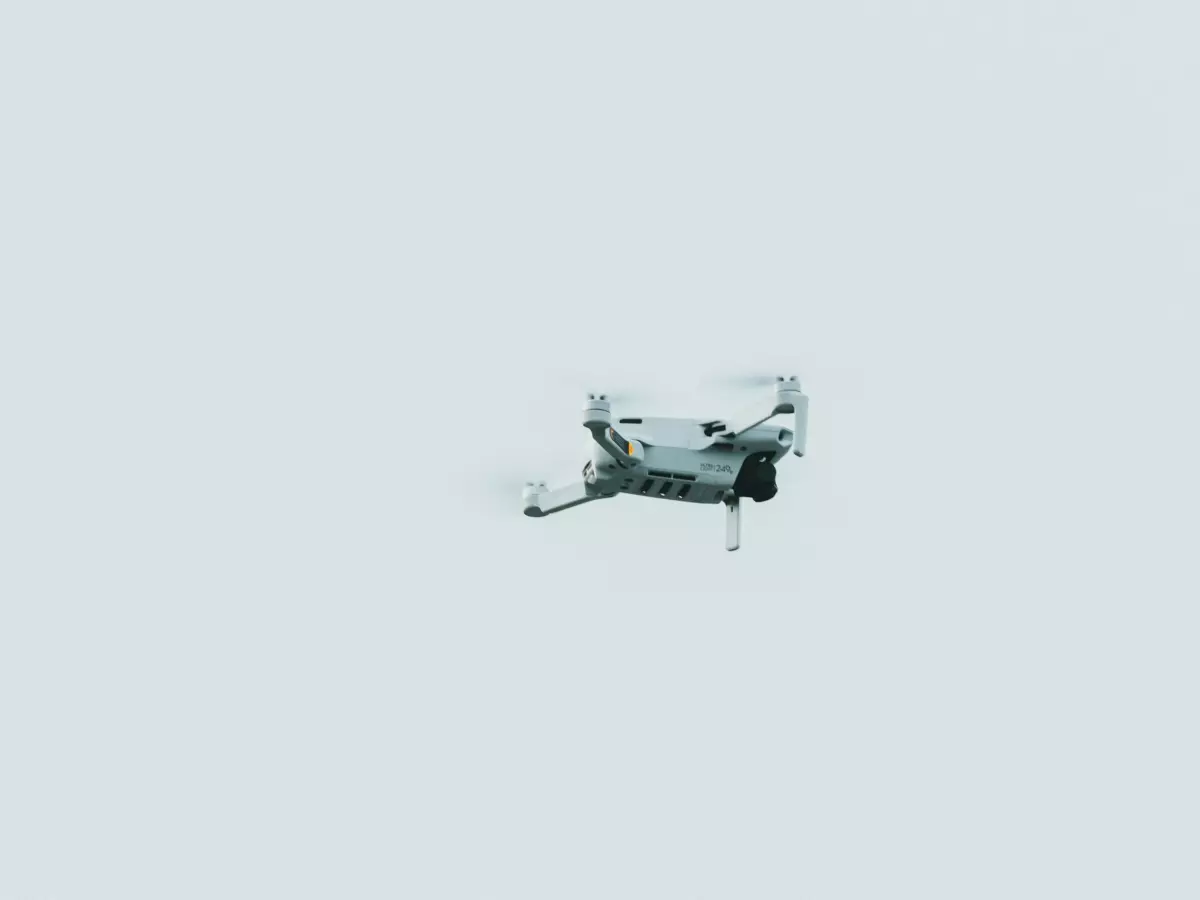Drones: The Software Inside
"So, what exactly makes a drone fly?" my friend asked, watching a quadcopter buzz overhead. "Is it just the hardware, or is there something more?"
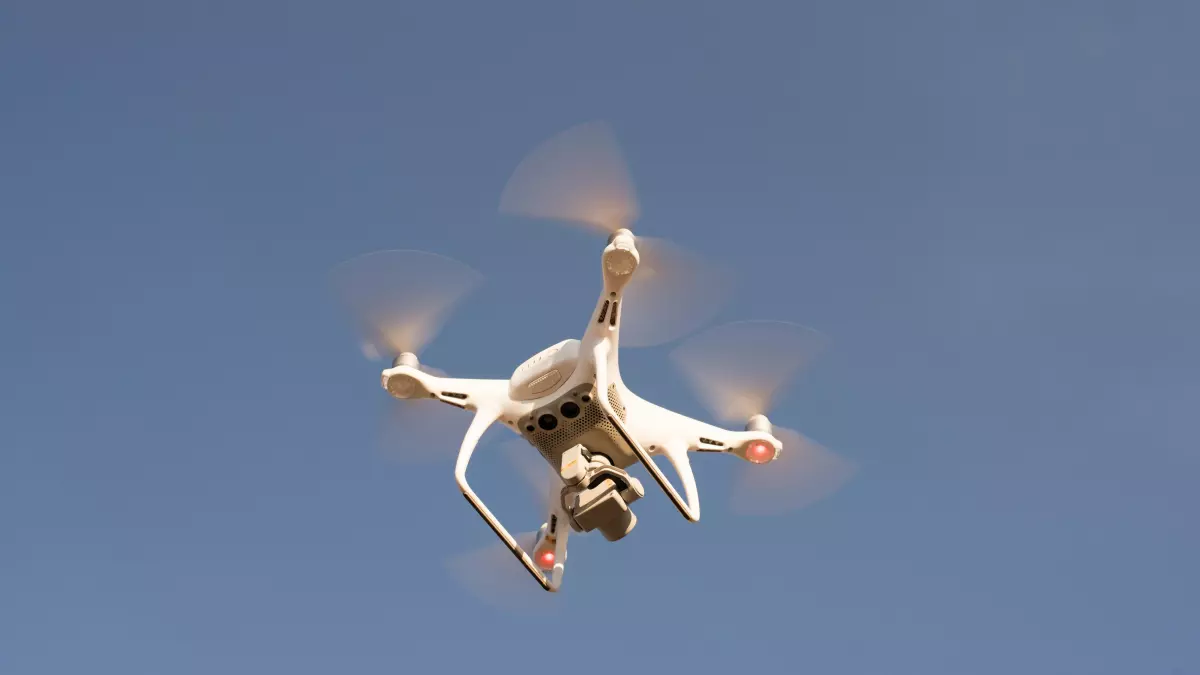
By Elena Petrova
Ah, the age-old debate: hardware versus software. Sure, the motors, propellers, and sensors are cool, but without the right flight control software, your drone is basically a fancy paperweight. Think of it like this: the hardware is the body, but the software is the brain. And trust me, when it comes to drones, you want a brain that knows what it's doing.
Flight control software is what makes your drone do all the cool stuff—hovering, navigating, and even dodging obstacles. But not all software is created equal. Some systems are designed for precision, while others focus on autonomy. So, what’s the difference? And how do these systems work together to keep your drone in the air?
The Basics: What Is Flight Control Software?
Flight control software is the invisible force that takes data from your drone’s sensors and turns it into actionable commands. It’s like the conductor of an orchestra, making sure everything works in harmony. The software processes data from sensors like GPS, accelerometers, gyroscopes, and even cameras, and then decides how to adjust the drone’s motors to keep it stable and on course.
But here’s the kicker: not all flight control software is the same. Some systems are designed for manual control, where the pilot is in charge of every move. Others are more autonomous, allowing the drone to make decisions on its own. And then there are hybrid systems that combine the best of both worlds.
Manual vs. Autonomous: Who’s Really in Control?
Let’s break it down. In a manual system, the pilot is the boss. You control the drone’s every move using a remote controller, and the software just makes sure the drone responds to your commands. This is great for hobbyists who want to feel like they’re really flying the drone.
But what if you want your drone to do more than just follow your joystick movements? That’s where autonomous flight control software comes in. These systems use advanced algorithms to make real-time decisions based on sensor data. For example, if the drone detects an obstacle, it can automatically adjust its flight path to avoid a collision. Or, if you’re flying in windy conditions, the software can stabilize the drone without you having to do anything.
Sensor Fusion: The Secret Sauce
Okay, so how does the software know what’s going on in the world around it? Enter sensor fusion. This is the process of combining data from multiple sensors to create a more accurate picture of the drone’s environment. Think of it like having multiple eyes and ears, all feeding information to the brain.
For example, GPS data can tell the drone where it is, but it’s not always super accurate, especially in areas with poor satellite coverage. That’s where other sensors like accelerometers and gyroscopes come in. By combining data from all these sensors, the flight control software can make more informed decisions, whether it’s about adjusting altitude, changing direction, or avoiding obstacles.
Autonomy: The Future of Flight
Autonomous flight is where things get really interesting. With the right software, drones can fly themselves, making decisions in real-time based on sensor data. This is especially useful for tasks like search and rescue, where human pilots might not be able to react quickly enough to changing conditions.
One of the key technologies enabling autonomy is machine learning. By training the software on vast amounts of data, developers can create systems that learn from experience. For example, an autonomous drone might learn how to navigate through a forest by analyzing thousands of flight paths. Over time, the software gets better at making decisions, allowing the drone to fly more efficiently and safely.
Popular Flight Control Software Systems
So, what are some of the most popular flight control software systems out there? Let’s take a look at a few:
- PX4: This open-source flight control software is widely used in both hobbyist and commercial drones. It’s highly customizable, making it a favorite among developers who want to tweak their drones for specific tasks.
- ArduPilot: Another open-source option, ArduPilot is known for its versatility. It supports a wide range of vehicles, from drones to submarines, and offers advanced features like autonomous flight and obstacle avoidance.
- DJI Flight Control: DJI is the king of consumer drones, and their flight control software is a big reason why. It’s user-friendly, reliable, and packed with features like intelligent flight modes and real-time obstacle detection.
- Auterion: Built on top of PX4, Auterion offers a more enterprise-focused solution. It’s designed for large-scale drone operations, with features like fleet management and real-time data streaming.
What’s Next for Drone Flight Control?
The future of drone flight control software is all about making drones smarter and more autonomous. We’re already seeing drones that can fly themselves, avoid obstacles, and even land autonomously. But the next big leap will be in swarm technology, where multiple drones work together to complete complex tasks.
Imagine a fleet of drones working together to map a disaster zone or deliver packages across a city. This kind of coordination requires advanced flight control software that can manage multiple drones in real-time, making split-second decisions based on sensor data.
As machine learning and AI continue to evolve, we can expect drone flight control software to become even more sophisticated. In the not-so-distant future, we might see drones that can not only fly themselves but also learn from their experiences, becoming more efficient and capable with each flight.
So, the next time someone asks you what makes a drone fly, you’ll know the answer: it’s not just the hardware. It’s the software, too. And as that software gets smarter, the sky’s the limit—literally.
